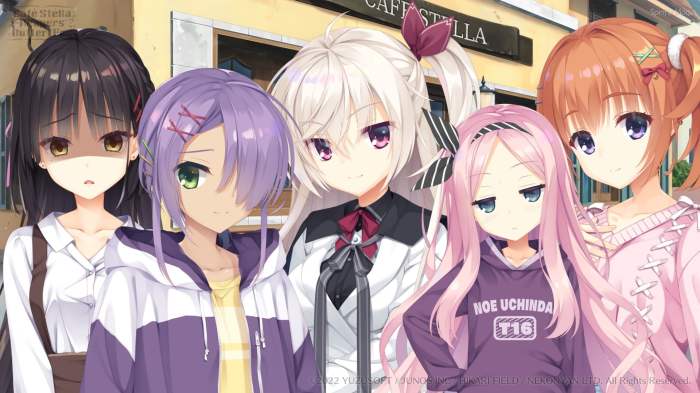In the Time of the Butterflies Review takes center stage, beckoning readers into a world meticulously crafted with rich historical context and vivid characters. Julia Alvarez’s poignant novel explores the complexities of oppression, the indomitable spirit of women, and the enduring power of love and friendship during the brutal Trujillo dictatorship in the Dominican Republic.
Through the lens of the Mirabal sisters, the novel delves into the social and political climate of the time, shedding light on the struggles faced by women in a patriarchal society. Alvarez masterfully weaves together historical events with personal narratives, creating a tapestry that resonates deeply with readers.
Historical Context
The Dominican Republic during the Trujillo dictatorship was characterized by widespread oppression and political repression. Rafael Trujillo, the country’s dictator from 1930 to 1961, ruled with an iron fist, suppressing dissent and eliminating any opposition. The social and political climate was one of fear and silence, as citizens lived in constant fear of the regime’s secret police and the threat of imprisonment or execution.
Women in society during the Trujillo era faced significant limitations. They were largely confined to domestic roles and had limited access to education and employment opportunities. The regime promoted a traditional patriarchal society, reinforcing the idea that women’s primary responsibility was to their families and the home.
Characters

The main characters of the novel are the Mirabal sisters: Patria, Minerva, María Teresa, and Dedé. Patria, the eldest, is a strong and courageous leader who takes on the role of protector for her sisters. Minerva is a passionate activist and advocate for human rights.
María Teresa is a talented poet and musician, while Dedé is the youngest and most idealistic of the sisters.
The sisters’ relationships are characterized by love, loyalty, and a shared commitment to justice. They support and encourage each other, providing a source of strength and resilience in the face of adversity.
Plot Summary

The novel follows the Mirabal sisters as they navigate the oppressive regime of Rafael Trujillo. They become involved in anti-Trujillo activities, distributing leaflets and organizing protests. As their involvement increases, they draw the attention of the secret police and face increasing persecution.
The key conflicts in the novel center around the sisters’ struggle against the dictatorship and their efforts to protect their families and loved ones. Turning points include the arrest and torture of Minerva and María Teresa, and the assassination of Patria.
The butterflies, a recurring symbol in the novel, represent the sisters’ resilience and hope amidst the darkness.
Themes: In The Time Of The Butterflies Review

Oppression and Resistance
The novel explores the themes of oppression and resistance, highlighting the ways in which the Mirabal sisters fought against the tyranny of the Trujillo regime. Their courage and determination serve as an inspiration for those who fight for freedom and justice.
The Role of Women in Society, In the time of the butterflies review
The novel also examines the role of women in society, challenging traditional patriarchal norms. The Mirabal sisters break free from societal expectations, becoming leaders and activists in the struggle for human rights.
The Power of Love and Friendship
The bonds of love and friendship between the Mirabal sisters are a central theme in the novel. Their unwavering support for each other provides them with strength and resilience, helping them to overcome adversity.
FAQ Section
What is the historical context of the novel?
The novel is set during the Trujillo dictatorship in the Dominican Republic, a period of oppressive rule marked by political repression, censorship, and human rights violations.
Who are the main characters of the novel?
The main characters are the Mirabal sisters: Patria, Minerva, Maria Teresa, and Dedé. They are four sisters who become involved in the resistance movement against the Trujillo dictatorship.
What are the major themes explored in the novel?
The novel explores themes such as oppression and resistance, the role of women in society, the power of love and friendship, and the importance of human rights.